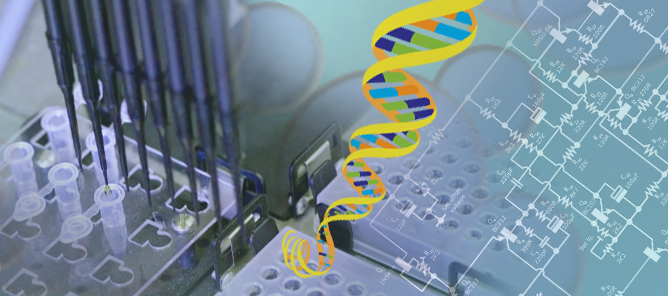2012 Gen9 G-Prize announced
July 24, 2012
Gen9, Inc. has announced that it has underwritten the first annual G-Prize to celebrate and support innovation in synthetic biology.
The prize is intended to foster creative and innovative approaches for using synthetic DNA constructs (gene fragments) to advance industries including chemical and enzyme production, biofuels, pharmaceuticals, and even data storage.
“Synthetic biology represents perhaps the greatest opportunity to modernize industry at ‘Moore’s law’ scale since silicon,” said Kevin Munnelly, President and Chief Executive Officer of Gen9.
“The market size for products that can be transformed using synthetic biology is estimated to be multi-billions. We look forward to hearing from the innovative community of researchers who have big ideas for constructively building on the many important industries ripe for modernization via synthetic biology.”
The G-Prize contest is open to researchers working at academic or public-benefit organizations only. Entries will be judged by a panel of experts selected by Gen9. Any intellectual property rights specific to an entry will remain the sole property of the contestants or their institution.
Four winners will be chosen in the following categories: 1st Place (500 GeneBits, up to 500kb); 2nd Place (300 GeneBits, up 300kb) and; two awards for 3rd Place (100 GeneBits, up to 100kb to two teams). Based on the current average market cost of DNA constructs, the total market value of these prizes exceeds $500,000.
Deadline for entries is September 30, 2012.
Gen9 has developed unique, next-generation technologies for synthesizing and assembling DNA constructs for use in commercializing DNA synthesis and fabrication platforms. The company is manufacturing and shipping double-stranded GeneBits DNA constructs from 500 to 1,024 base pairs long, with a capacity to generate tens of thousands of synthetic gene fragments per year in just a few square feet of laboratory space.
